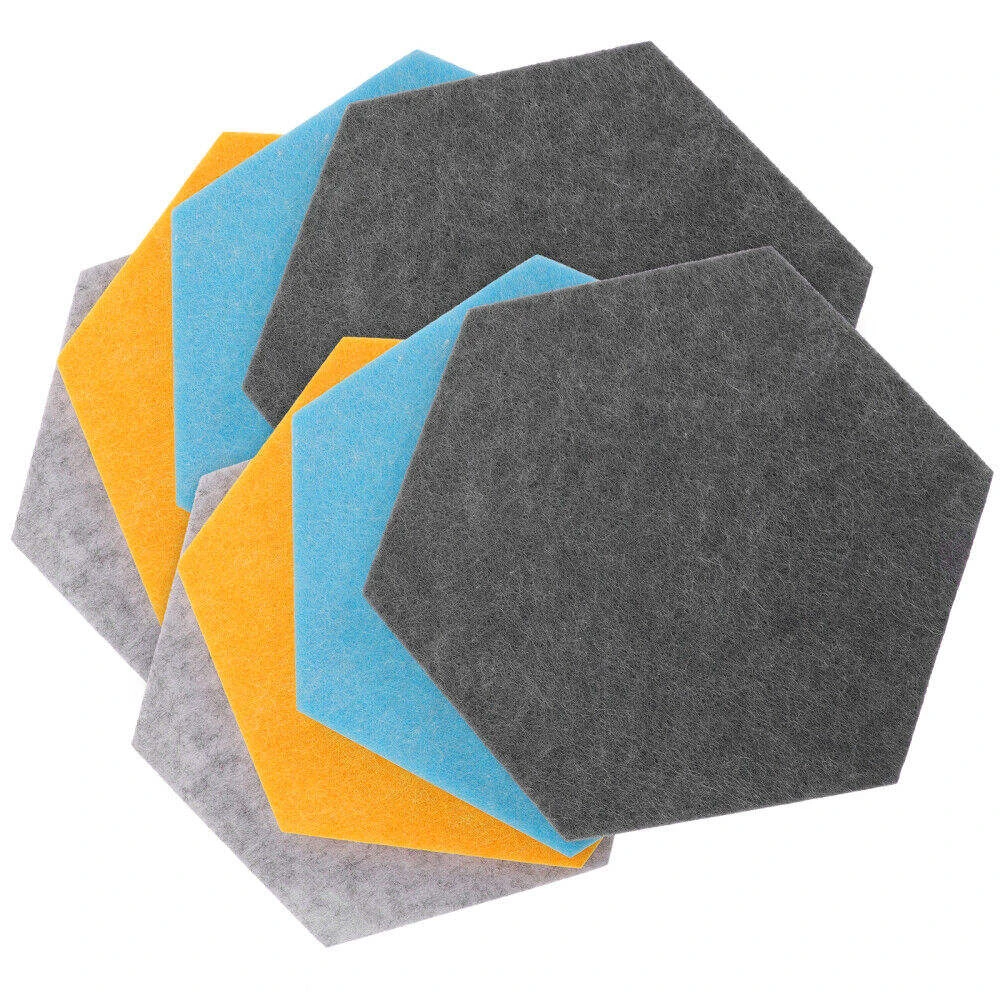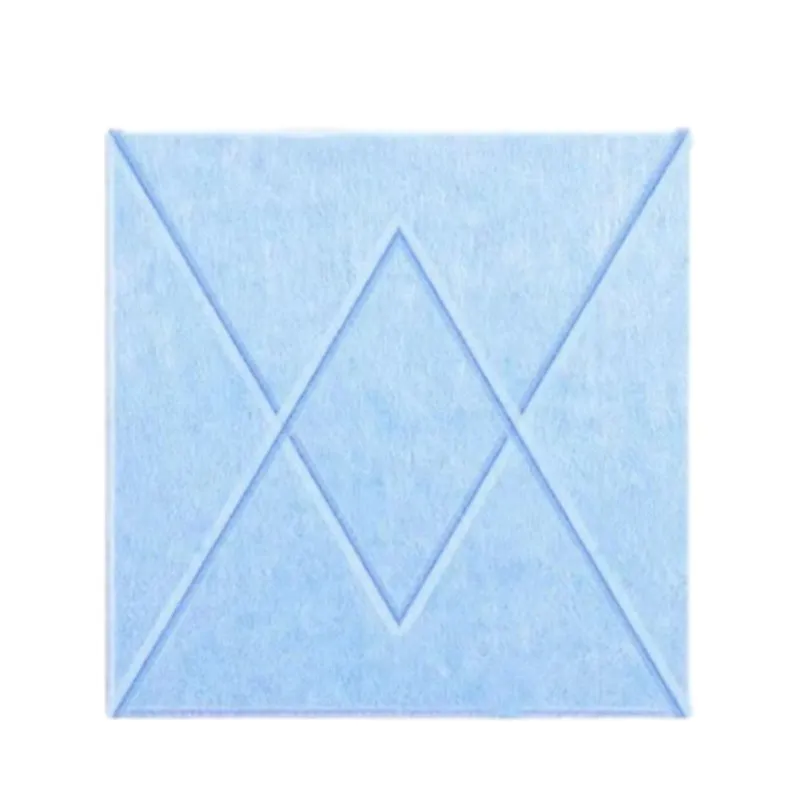- Introducing acoustic challenges in worship spaces
- Technical innovations in absorption technology
- Comparative analysis of industry-leading manufacturers
- Customizable solutions for architectural integration
- Case studies demonstrating measurable improvements
- Installation considerations for optimal performance
- Delivering superior sound quality for congregations

(sound absorbing panels for churches)
Resolving Acoustic Challenges with Sound Absorbing Panels for Churches
Religious architecture often creates acoustic complications that hinder verbal clarity during services. Modern churches typically feature expansive hard surfaces like stone, glass and wood that generate excessive reverberation. This acoustic environment causes sermons to become unintelligible beyond 30 feet and congregational singing to dissolve into muddy resonance. Legacy solutions like heavy drapery compromise aesthetics while providing inconsistent absorption. Effective sound absorbing panels for churches
must address three critical parameters:
Optimal reverberation times vary according to sanctuary size and worship style. Contemporary services incorporating amplified instruments require shorter decay times (0.8-1.2 seconds) than traditional liturgical settings (1.4-1.6 seconds). Comprehensive acoustic planning should cover both vertical and horizontal surfaces to prevent echo formation. Strategic placement behind pulpits reduces delayed reflections that compete with direct vocal projection. Angled installations prevent flutter echoes between parallel walls common in chapel architecture.
Engineering Advancements in Acoustic Technology
Leading manufacturers now incorporate sophisticated absorption technologies within slim profiles. Fabric-wrapped fiberglass remains the industry standard for broadband absorption, delivering Noise Reduction Coefficients (NRC) up to 1.15 when properly engineered. Recent breakthroughs include:
Perforated wood systems with precision-drilled patterns create Helmholtz resonators tuned to specific bass frequencies. This innovation reduces boominess from pipe organs while maintaining architectural integrity. PET felt composites manufactured from recycled plastics achieve comparable performance to mineral-based products while providing enhanced sustainability credentials. Micro-perforated metal technology yields 95% absorption in mid-range frequencies despite thin installations. Contemporary designs incorporate integrated air gaps that boost low-frequency attenuation by 27% without increasing thickness.
Independent laboratory tests confirm performance differentials between material types:
| Material Composition | Thickness (inches) | NRC Rating | Optimal Frequency Range |
|---|---|---|---|
| High-density fiberglass | 2 | 1.05 | 250Hz - 4kHz |
| Recycled PET felt | 1.6 | 0.90 | 500Hz - 5kHz |
| Micro-perforated metal | 0.75 | 0.85 | 630Hz - 5kHz |
| Hybrid wood-composite | 1.25 | 0.97 | 125Hz - 2kHz |
Manufacturer Performance Comparison
Reputable producers differentiate themselves through product consistency and specialized ecclesiastical expertise. Ecophon's ChurchPlus series features factory-tuned panels with specific configurations for chancel, nave and transept zones. Acoustical Solutions' Reverberation Calculator incorporates sanctuary dimensions to predict coverage requirements before installation. Comparing key specifications reveals significant performance variations:
| Manufacturer | Panel Series | NRC Rating | Fire Certification | Warranty Period |
|---|---|---|---|---|
| Ecophon | ChurchMaster A1 | 1.10 | ASTM E84 Class A | 20 years |
| Armstrong | Ultima Tile | 0.95 | UL 10hr fire-rated | 15 years |
| Acoustical Solutions | Sonora Pro | 0.85 | NFPA 286 compliant | 10 years |
Installation complexity varies considerably between systems. Clip-mounted ceiling panels facilitate retrofits without major structural modifications while adhesive-applied tiles require specialized surface preparation. Several manufacturers provide proprietary CAD templates showing how modular elements integrate around architectural obstacles like altar rails and stained-glass windows.
Design Integration for Sacred Architecture
Modern acoustic panels accept limitless customization parameters to respect sanctuary aesthetics. Fabric-wrapped systems offer over 200 color options from major textile producers including Maharam and Kvadrat. Digitally printed panels replicate religious iconography, stained glass patterns and historic motifs with photographic precision at 1440dpi resolution. Architectural moldings conceal edge transitions for seamless integration with existing millwork. For historic structures, manufacturers cast plaster moldings matching original cornice profiles while embedding acoustic cores.
Bespoke design services help integrate panels within sensitive environments:
- Acoustically transparent scrims overlay ornate stonework without obscuring architectural details
- Tapered profile systems that follow vaulted ceiling contours
- Modular frames incorporating liturgical symbols as ventilation pathways
- Stained wood edging matching existing pews and altar furniture
Documented Impact in Religious Facilities
St. Mark's Episcopal Church measured acoustic transformations after installing custom ceiling baffles. Pre-installation reverberation measured 3.7 seconds at 500Hz - well above liturgical recommendations. Post-installation testing confirmed reduction to 1.2 seconds with balanced frequency distribution. Speech Transmission Index scores improved from 'Poor' to 'Excellent' throughout the nave. The $68,000 investment eliminated amplification upgrades projected at $142,000.
Westminster Abbey Choir School reduced noise transfer between rehearsal rooms using constrained layer damping panels. Impact noise transmission decreased by 22dB while airborne sound isolation improved by 31dB across critical vocal frequencies. Sacred Heart Cathedral solved persistent organ drone issues by installing bass trap panels within decorative wall niches. Standing waves at 80Hz dropped 11dB despite maintaining the historically significant plaster ceiling.
Practical Installation Considerations
Optimal acoustic treatment requires strategic placement rather than uniform coverage. First reflection points demand prioritization for speech clarity enhancement. Structural evaluations determine safe loading capacities, especially in timber-framed historic buildings. When installing sound absorbing ceiling panels for churches, installers consider:
- Ceiling height influences optimal suspension depth and panel density
- Conduit pathways for integrated lighting and sprinkler systems
- Retrofit installations avoiding existing pendant fixtures
- Building vibration impacts from bell towers or pipe organs
Modular track systems simplify maintenance by permitting individual panel removal. Perimeter isolation reduces sound flanking paths into adjacent offices and classrooms. All installations should include firestopping measures compliant with local building regulations.
Delivering Enhanced Worship Experiences Through Optimized Acoustics
Appropriately specified acoustic sound panels for churches preserve architectural heritage while solving modern auditory challenges. Beyond measurable technical improvements, these systems profoundly impact spiritual experiences by creating inclusive auditory environments. Worship leaders report reduced vocal strain and increased confidence during unamplified liturgical elements. Implemented correctly, acoustic enhancement becomes an invisible ministry supporting communal worship through technological excellence. Forward-thinking congregations now include acoustic planning during capital campaigns, securing intelligibility for future generations.

(sound absorbing panels for churches)
FAQS on sound absorbing panels for churches
Q: What are the benefits of using sound absorbing panels in churches?
A: Sound absorbing panels reduce echo and improve speech clarity during sermons. They enhance music quality by controlling reverberation. This creates a more focused worship environment for congregations.
Q: Where should acoustic sound panels be installed in churches?
A: Strategic placement includes side walls near pulpits and choir areas to target primary sound sources. High ceilings benefit from hanging acoustic panels vertically. Corners and rear walls are also effective for controlling bass buildup.
Q: Can sound absorbing ceiling panels solve echo problems in large sanctuaries?
A: Yes, overhead panels effectively manage reverberation in vaulted spaces. They intercept sound waves before they bounce between floors and walls. Combining them with wall panels provides comprehensive acoustic control.
Q: How do acoustic panels for churches maintain aesthetic requirements?
A: Custom fabrics allow panels to match stained glass or décor colors. Sculptural designs can mimic religious symbols like crosses or doves. Many manufacturers offer wooden finishes that complement traditional church architecture.
Q: Are specialized sound panels necessary when modernizing historic churches?
A: Absolutely – historic buildings often have challenging acoustics. Custom-cut panels preserve architectural integrity while solving echo issues. Non-invasive mounting systems protect original walls and ceilings during installation.
-
Waterproof Dog Blankets for Indoor and Outdoor UseNewsAug.01,2025
-
Sustainable Wool Cat Beds Eco-Friendly Choices for Pet OwnersNewsAug.01,2025
-
Snuffle Ball Benefits for Dogs Mental Stimulation and ExerciseNewsAug.01,2025
-
Puppy Treat Puzzles as Social Tools Fostering Bonding Through PlayNewsAug.01,2025
-
Custom Wooden Pet Houses Tailored to Your Pet’s PersonalityNewsAug.01,2025
-
Corrosion Resistance in Environments: A Guide for Washer Hose ClampsNewsAug.01,2025
